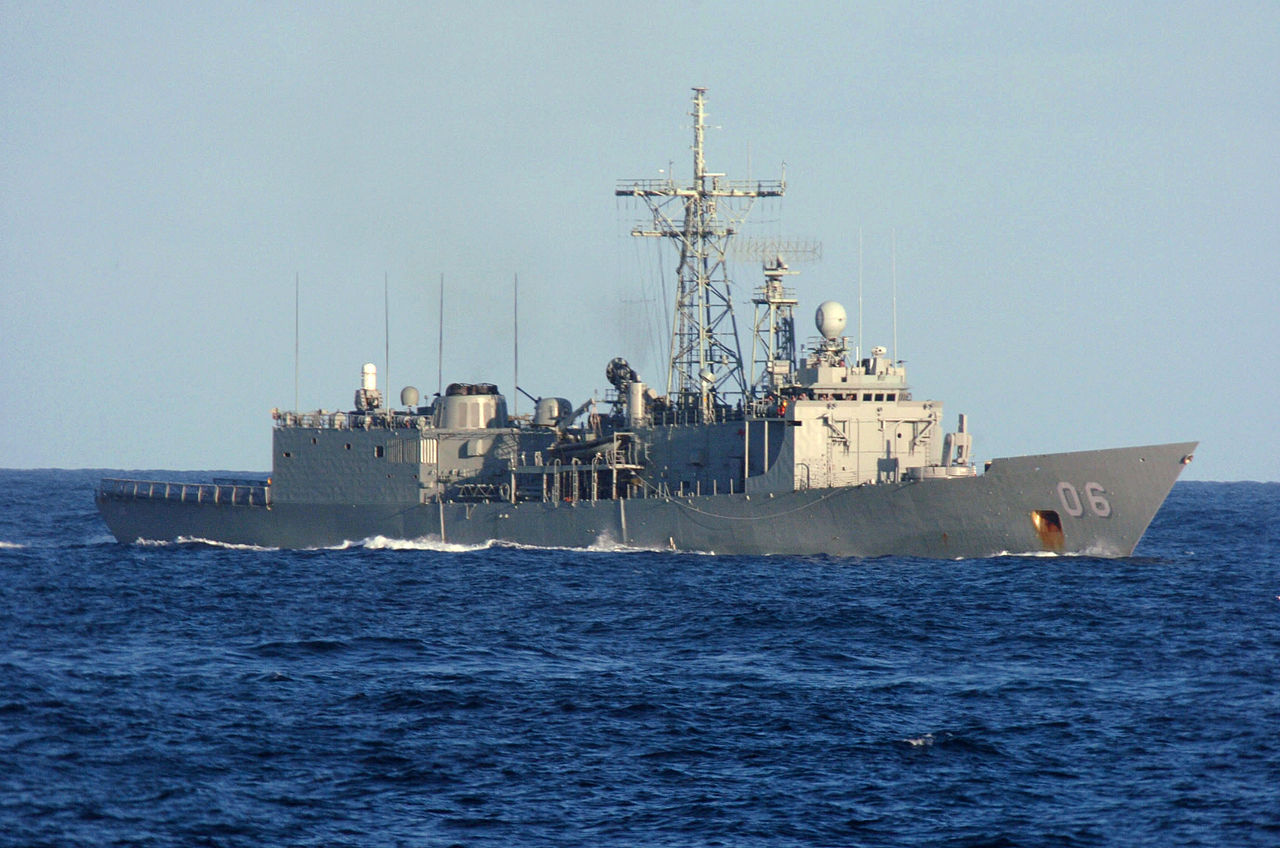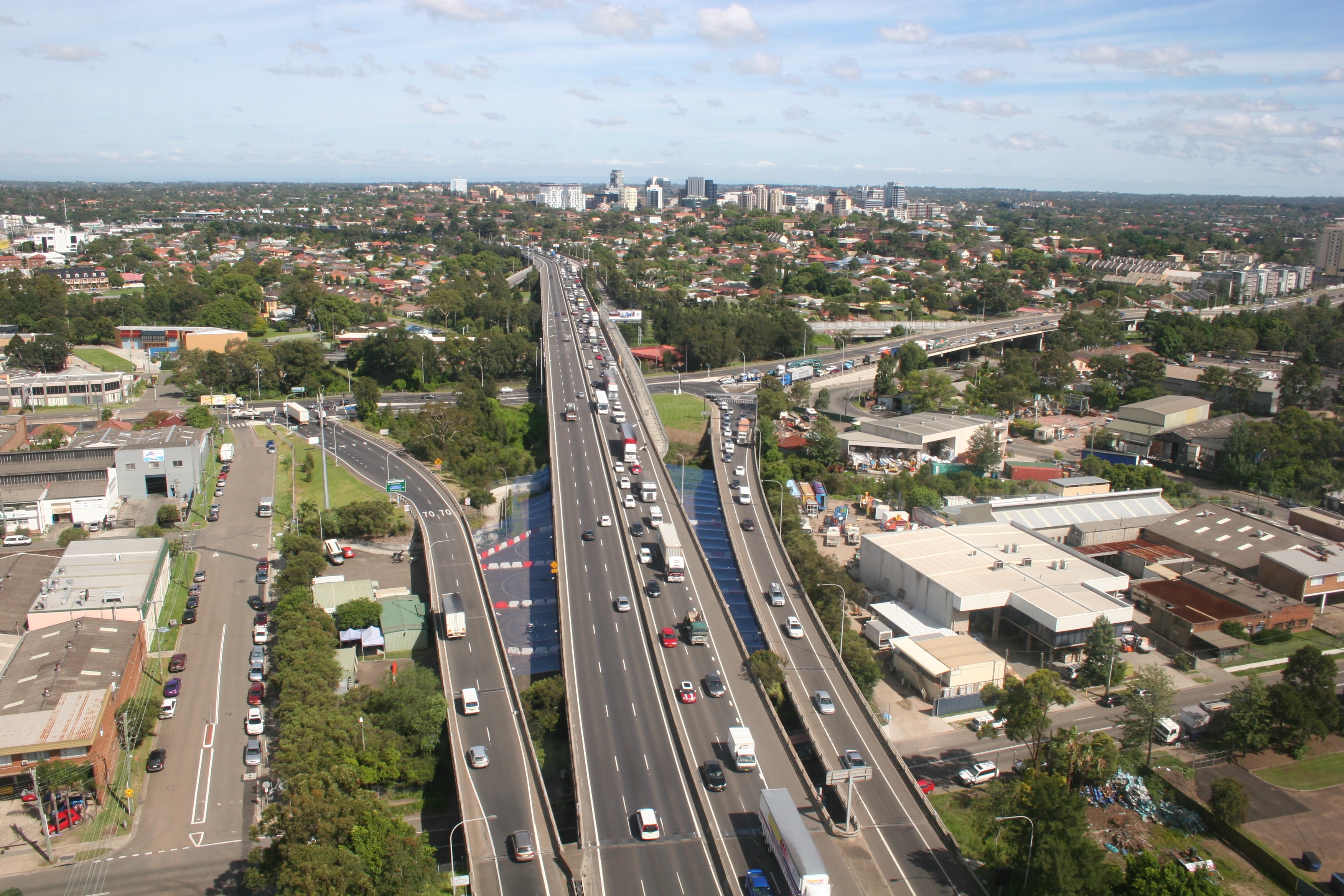Polling in the Sunshine State
Since Kevin Rudd’s return to the leadership of the ALP there has been a focus on Queensland in the belief that Mr Rudd’s return could lead to the ALP winning several key marginal seats in that State. Gains in QLD were expected to offset probable losses in NSW.
The ALP’s early campaign efforts focussed on the LNP held seats of Brisbane (1.1%), Forde (1.6%) and Longman (1.9%). This included the surprise nomination of Peter Beattie, a former Premier of Queensland and often vocal detractor of Kevin Rudd.
Now in the final week of the campaign, however, the polls are pointing to a collapse in the ALP’s vote in Queensland. There has also been a strong backlash against Bob Katter in his seat of Kennedy following his party’s decision to preference the ALP ahead of the Coalition.
Of the seven ALP held seats in Queensland, Tuesday’s Newspoll predicted that four (and possibly five) seats were at risk, including the Prime Minister’s seat of Griffith (8.5%).
The Australian Financial Review / Nielsen poll, also published on Tuesday, found that while the Coalition had a substantial lead in its primary vote over the ALP, leakage of both major parties’ primary votes to the Palmer United Party and Katter’s Australian Party had occurred in Queensland.
It is now widely accepted that the ALP will struggle to hold its most marginal seats of Moreton (1.1%), Petrie (2.5%), and former Treasurer Wayne Swan’s seat of Lilley (3.8%).
Bob Katter is expected to hold his seat in Kennedy and, while Clive Palmer is not expected to win in Fairfax, support for the two parties will make the fight for the sixth Senate seat in Queensland interesting.
Coalition Defence Priorities
Setting the Scene
The Rudd-Gillard-Rudd Government released a Defence White Paper in 2009, which committed to investing $275 billion in acquisitions, including 12 new submarines, eight frigates and 100 Joint Strike Fighters (JSFs). This investment was to be funded by a 3% growth in defence spending to 2018-19, followed by an increase of 2.2% to 2030.
Since the White Paper was released, however, defence spending has declined. Last financial year, spending was cut by 10.5%–the largest annual reduction since the end of the Korean War in 1953–to help address the Government’s deteriorating fiscal position. As a share of GDP, defence spending this financial year is at the lowest levels since 1938.
All up, almost $30 billion has been cut from defence investment by the current Government through deferments, delays and cancellations.
The Plan
The Coalition has identified the following defence priorities to be addressed, should it win Government on Saturday:
Spending on Defence – The Coalition has said there will be no further cuts to defence spending. As the budgetary position improves, real growth in defence spending will be restored. Their goal is a 2% share in GDP within a decade. Any savings the Coalition finds from rationalising the defence bureaucracy will be reinvested in greater military capacity and front line capabilities.
Submarine Force – The Coalition has committed to the Collins-class submarine force and is determined to ensure that Australia has no submarine capability gap within 18 months of the election. Work on any replacement of the current submarine fleet would centre around the South Australian shipyards.
Acquisition of JSFs – If the Chief of the Defence Force and the Service Chiefs confirm that the JSF is still the best aircraft to meet Australia’s future air combat requirements, the Coalition would proceed with the initial purchase of up to 72 JSFs, with a decision on the remaining aircraft to make up to 100 JSFs to be made as delivery and production schedules and costs are known.
Broad Area Maritime Unmanned Aerial Vehicles – A Coalition Defence White Paper would closely consider the need for unmanned aerial surveillance vehicles. The acquisition of unmanned aerial vehicles would be dependent on the advice of the Chief of the Defence Force and Service Chiefs, as well as a clear cost-benefit assessment that demonstrates the value of these aircraft.
The US Alliance – The Coalition has reaffirmed its commitment to a strong and enduring alliance with the USA. A Coalition Government would look for areas where it would be in the mutual interest of both countries to deepen the relationship. Such initiatives would need to be in Australia’s security interests and assist the USA in its broader objectives of remaining forward-deployed in the Asia-Pacific region and dispersing its military forces within the region.
A Replacement Defence White Paper – The Coalition would publish a replacement Defence White Paper with costed, affordable ways to meet Australia’s defence and national security objectives. At the heart of the new Defence White Paper would be an alignment of the government’s defence policy with a clear military strategy and an affordable Australian Defence Force (ADF) structure designed to achieve that policy.
Department of Defence – The Coalition would appoint a high-profile team to undertake a first-principles review of the structure of the Defence Department and all its major processes. The focus of the review would be on achieving more streamlined and less bureaucratic decision-making.
Defence Industry and the Defence Materiel Organisation – Consistent with getting best value for the taxpayer and effective and sustainable capability for the ADF, a Coalition government would equip the ADF with Australian-made goods wherever possible. While local content requirements would not be implemented, Australian businesses would be given every opportunity to compete for defence contracts.
Indexation of Military Superannuation Pensions – Recipients of the Defence Forces Retirement Benefits and the Defence Force Retirement and Death Benefits military superannuation pensions would see their payments indexed in the same way as aged and service pensions.
Basic Health Care for ADF Family Members – Under the Coalition’s policy, all ADF dependants would be eligible to claim for out of pocket expenses for GP services. Additionally, each ADF dependant would be able to claim up to $400 per year for allied health services such as physiotherapy, psychology, dentistry and podiatry.
ADF Gap Year – A Coalition Government would re-build the ADF Gap Year programme, progressively increasingly numbers until an average of 1,000 places per annum is made available in the programme.
Details of the Coalition’s Policy for Stronger Defence can be found here.
E-Government and the Digital Economy
The Shadow Minister for Broadband and Communications, The Hon. Malcolm Turnbull MP, yesterday announced the Coalition’s policy on e-government and the digital economy.
With Australia’s ranking as a digital economy falling starkly since Labor was elected in 2007, the Coalition’s policy is aimed at improving global competitiveness, innovation and proposes an aggressive reform agenda for the Commonwealth’s $6 billion ICT budget in order to drive value for money and transparency in procurement.
The Coalition’s plan seeks to make an impact by targeting the following objectives:
- Convenient services anytime anywhere
- Infrastructure for a digital, networked economy
- Government 2.0 and Big Data
- Smarter ICT investment
- Reboot whole-of-government ICT leadership.
The policies that have been announced by the Coalition as part of the plan include:
- Encouraging Government agencies to use cloud services and operate IT functions more efficiently by eliminating duplication and fragmentation of ICT services; light user agencies moving to shared and cloud services; and improving accountability for autonomous heavy user agencies.
- Establishing a digital version of all government services and public interaction by 2017 on an opt-in basis, designating the internet as the default way to deal with users.
- Updating the National Digital Economy Strategy in the first term of government in consultation with State and Territory governments.
- Introducing an online ‘dashboard’ so that citizens will be able to assess the performance and progress of major projects to improve transparency.
- Requiring Government agencies to trial next generation tele-presence systems from 2014.
- Accelerating Government 2.0 activities.
- Trailing a free, opt-in secure digital inbox for all government communication in association with industry.
- Reviewing the policy principles in the 2013 Big Data Strategy and finalising a position by the end of 2014.
- Consulting with industry and the community to develop new, relevant data sets on www.data.gov.au.
- Providing new leadership standards for online identity verification and mobile payments with industry.
These policies are in addition to the Coalition’s plan to deliver the NBN sooner and cheaper, which was announced in April and reported in our third edition of On the Hill – Campaign Watch.
To read the Coalition’s Policy for E-Government and the Digital Economy please click here.



